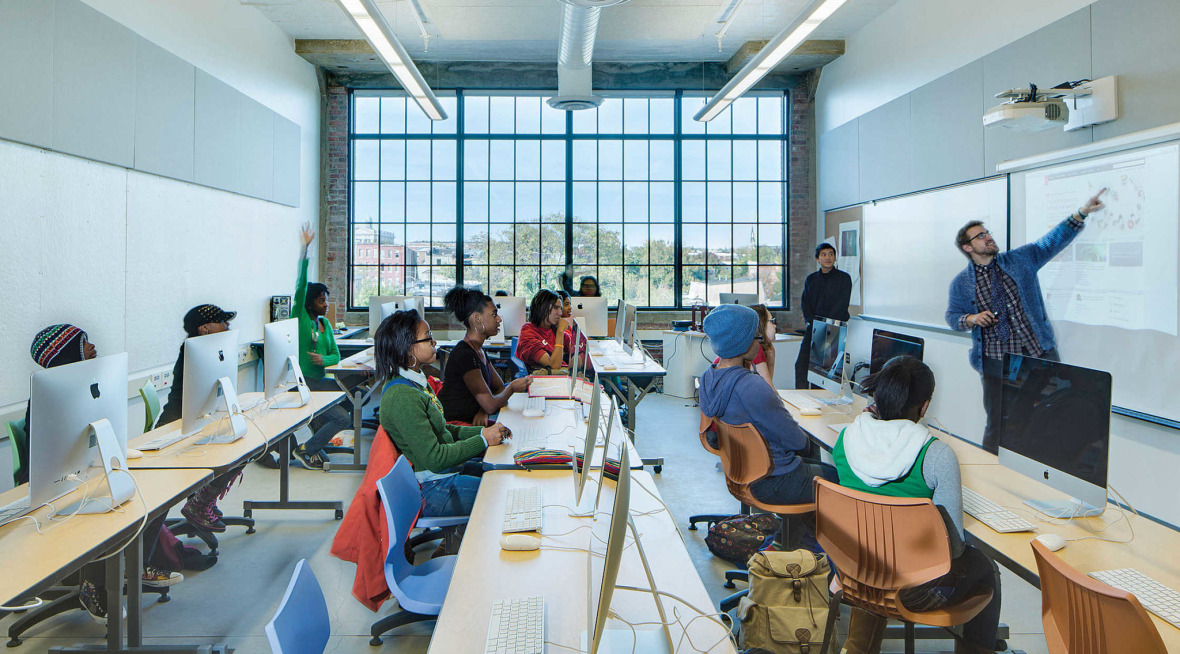Creating a Dynamic Active Learning Environment
The active learning classroom can be likened to a chameleon, constantly adapting and transforming. What you observe at 9 a.m. may appear entirely different in a matter of minutes, and this transformation is not chaotic. It is the result of teachers and students customizing their environment to align with the active learning approach being employed.
This ability to swiftly adapt is a fundamental aspect of fostering active learning environments in K–12 classrooms. The importance of recognizing that active learning pedagogy matters and how designing a fun, flexible educational space using school classroom furniture helps teachers integrate active learning strategies (ALS).




